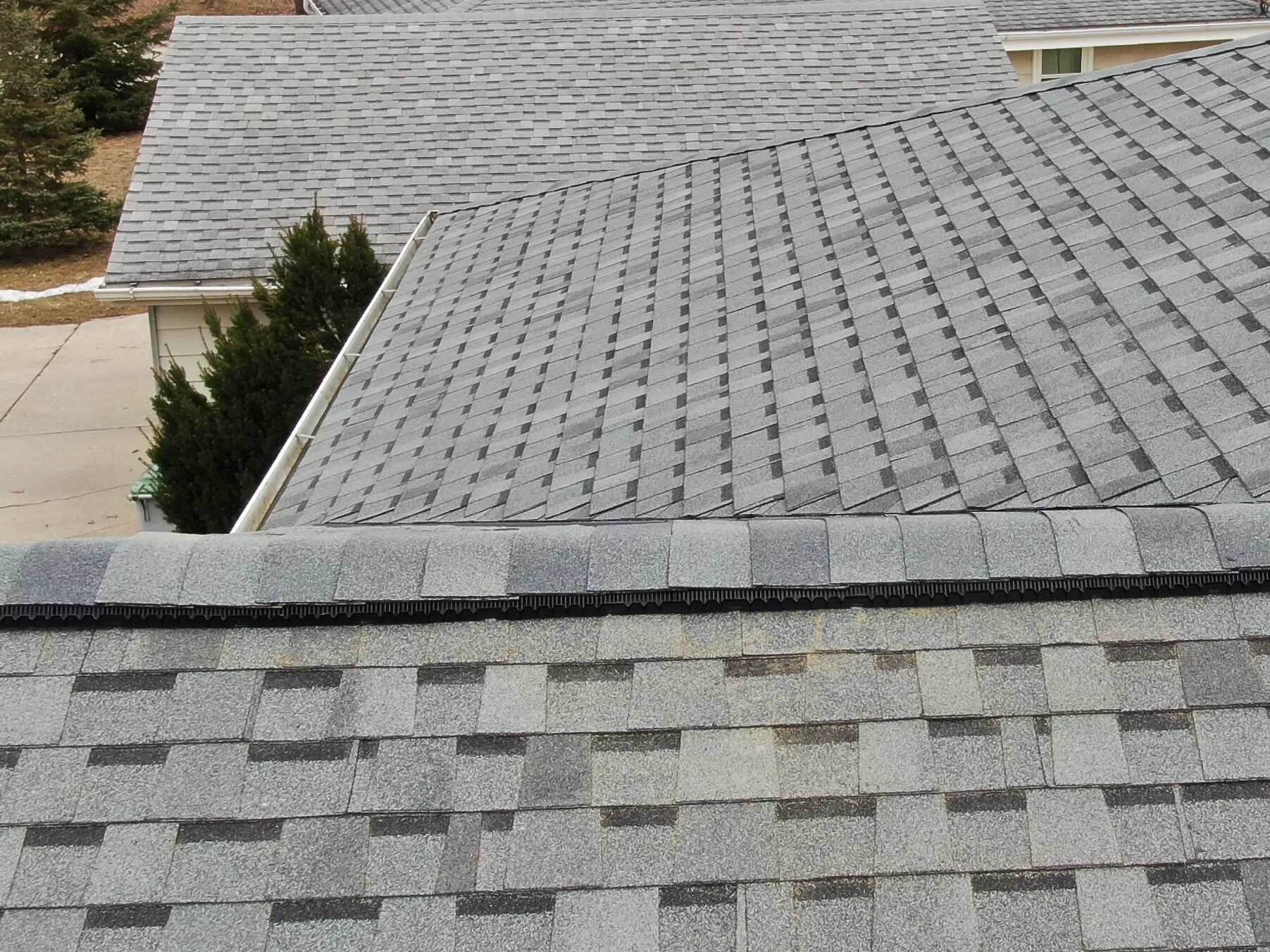Should You Upgrade Your Box Vents? (4 Alternative Vent Options)
When you think about your home, roof ventilation isn’t the first thing that comes to mind.
But if you are a homeowner, you should definitely learn about it. Because if you don’t, you could risk missing some signs that your roof ventilation is failing – leading to rotten decking, interior water damage, and mold in your attic space.
Mold? In the attic? That sounds uncomfortable. Luckily, it’s completely avoidable with proper ventilation.
When buying a new roof, you must determine if you want to stick with your current box vents or upgrade to another vent altogether.
Rescue My Roof has served the greater Milwaukee area for over a decade, helping homeowners understand the importance of roof ventilation.
We want to provide the education that will save you from the same nightmare many of our clients face. Because of this, we’ll help you determine if sticking with your current box vents is worth it.
In this article, we’ll cover:
- An overview of the two types of attic ventilation systems
- If you should upgrade your box vents during a roof replacement
- Your roof vent options if you decide to upgrade
Ultimately, you’ll have the ability to make your roof vents decision on your own.
The Two Types of Roof Ventilation Systems
Before deciding if you need to upgrade your box vents, you should understand the two types of ventilation systems. Both types get the job done but differ in how they do it.
Here’s a quick overview:
1. Passive Roof Ventilation
You’ve probably seen passive vents before, as they are the most common in the roofing industry. Box vents fall into this category.
Unlike active vents, passive vents don’t use a motor, fan blades, or a turbine. They only rely on the natural airflow through the space to keep air circulating in your attic.
This means the air flowing through your attic depends on the attic’s temperature, moisture content, wind speed, roof pitch, and height.
2. Active Roof Ventilation
Active ventilation uses a motor, fan blade, or turbine to aid the airflow in an attic space.
Think of an active vent as a fan. The blades spin and the air underneath them is sucked out and pushed outside your home.
The intake vents use their blades to help move fresh air into the attic, keeping up with the ideal air circulation.
This type of ventilation will replace the air inside the attic with fresh air from outside faster than passive ventilation due to more consistent airflow.
Should You Upgrade Your Box Vents When Getting A New Roof?
While box vents are better than no ventilation, we recommended upgrading box vents to an active ventilation system.
Box vents are popular because they are the cheapest option but are also the least effective option on the market.
Attics require a minimum of 1/150 of open area. For every 150 square feet section in the attic, 1 square foot of net-free area is required for ventilation.
If you have 1500 square feet in your attic, you will need eight box vents to ensure your attic is adequately ventilated.
On the other hand, a 14″ turbine vent has 150 inches of net free air space, plus a drawing effect to move air around. You would only need two turbine vents for the same attic space.
Added efficiency and less ventilation make active ventilation a better option than box vents. If you want to improve energy efficiency and reduce the risk of moisture damage – upgrade your box vents.
4 Options for Upgrading Box Vents
Once you decide to make the switch to active ventilation, here are your options:
1. Turbine Vents

Turbine vents work by using convection.
Convection is the act of rising hotter, less dense material (like warm air). Convection causes the hot air to rise to the top of your attic, where the turbine vents spin, creating a fan that sucks the hot air out of your attic.
This type of ventilation moves the air around in your attic approximately 10-12 times per hour.
2. Power Vents

Power vents are circular-shaped vents installed near the top of your roof. They use electricity to pull the hot air out of your attic.
However, during the winter, power vents require a humidistat, an electronic device that tells you how much humidity is in your attic space.
If you run power vents without a humidistat, the humidity will build up in your attic and may lead to mold growth and rotten decking.
So if this type of ventilation is for you, invest in both to protect your roof.
3. Solar Powered Vents
Solar-powered vents are similar to power vents. However, they use the sun instead of electricity as their power source.
While this is a great energy saver, there is a catch. The solar-powered battery needs to charge; during that time, the vent turns off.
Additionally, the battery doesn’t hold a charge long enough for the vent to run all day. This may result in you turning on your home’s air conditioner, and your energy bill may go up.
4. Ridge Vents

Ridge vents are out into your roof’s ridge (top) and run the entire length.
This ventilation style is not noticeable from the ground, which benefits those who don’t want to see the ventilation on their roof.
A downside is that this vent has a filter, but it is imperfect. You may have to deal with insects and rain entering the attic space.
The Cost of Upgrading Your Box Vents
Upgrading box vents to an active ventilation system can reduce your heating/cooling bills, protect your attic from moisture damage, and extend the longevity of your roof.
With four types of active ventilation, it can make upgrading an easy decision. If you decide to upgrade your box vents, depending on the complexity of your roof, it can cost $500 – $3000.
You can learn more about roof ventilation with “Hot Roof vs. A Cold Roof” or watching “Roof Ventilation: Part 1.”
Additionally, you can download our Buyer’s Guide to help you purchase the roof of your dreams.
Do your box vents need an upgrade? Contact Rescue My Roof to get a free estimate.


